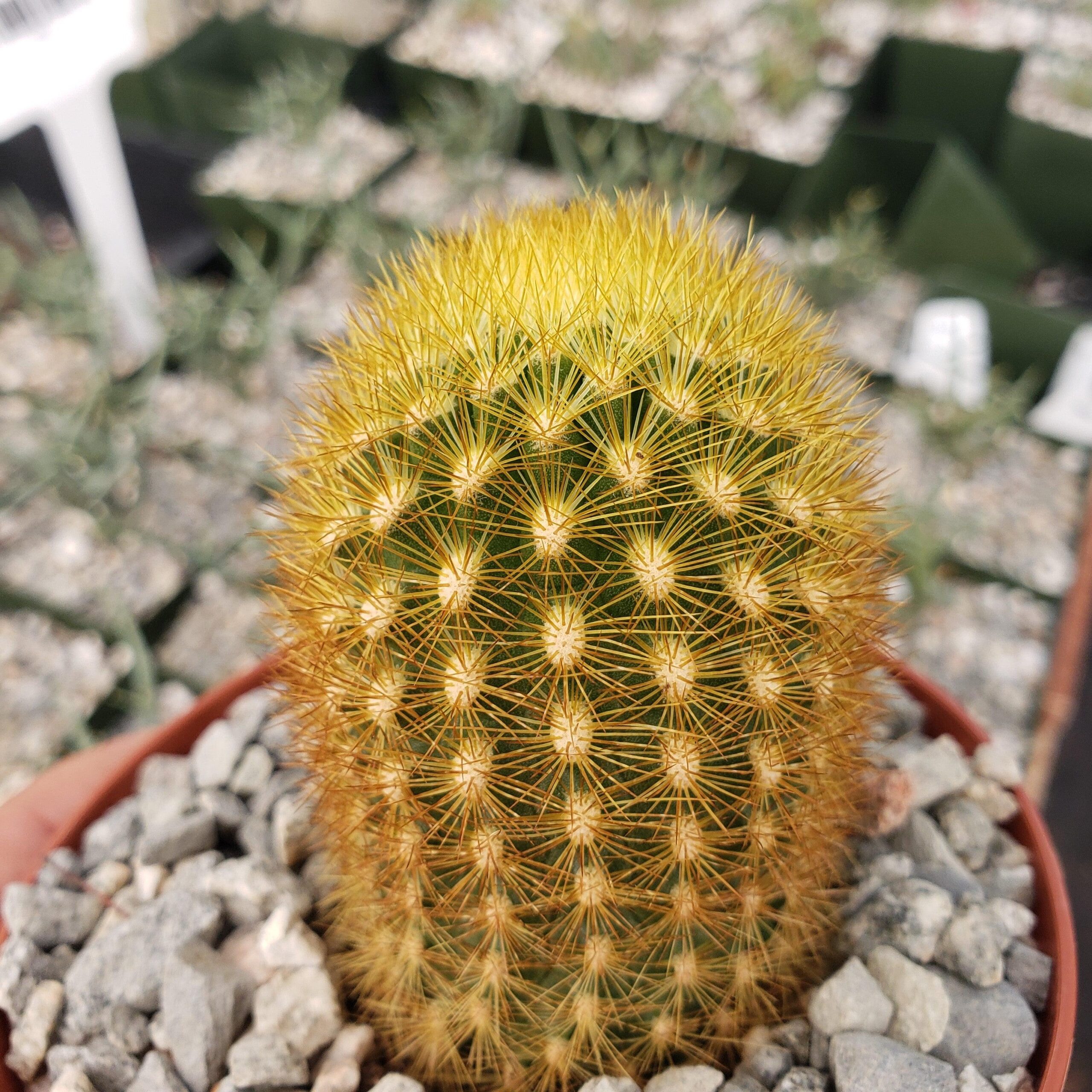Weberbauerocereus, commonly known as the Peruvian Apple cactus, is a fascinating member of the Cactaceae family that has captured the attention of both horticulturists and enthusiasts alike. This succulent is indigenous to the arid regions of South America, particularly thriving in the high-altitude landscapes of Peru and Bolivia. Known for its distinctive appearance and unique cultural significance, Weberbauerocereus johnsonii is more than just an ornamental plant; it’s also a species with intriguing characteristics and potential benefits.
In this comprehensive guide, we will explore the various facets of Weberbauerocereus, including its taxonomy, habitat, cultivation practices, uses, and ecological significance. As such, this detailed exploration aims to equip enthusiasts, gardeners, and curious readers with invaluable knowledge about this remarkable cactus.
Taxonomy and Identification
Understanding the taxonomy of Weberbauerocereus is crucial for appreciating its place within the broad spectrum of cacti. Weberbauerocereus johnsonii belongs to the subfamily Cactoideae, which encapsulates many popular global cacti. Often identified by its tall, columnar stems, this species can grow impressively up to several meters high. The greenish-blue to grayish-green pigmentation of the stems complements its striking aesthetic.
The cactus features distinct ribs and spines. Typically, the ribs are pronounced, with each rib adorned by acute tubercles, which can be slightly elongated. Its spines, usually white or light brown, vary in size and provide the cactus with a formidable defense mechanism against herbivores. Perhaps one of the most alluring aspects of Weberbauerocereus is its nocturnal floral display. The blossoms emerge as large, fragrant, white flowers that unfurl under the cover of darkness, attracting nocturnal pollinators such as moths.
Natural Habitat and Distribution
Originating from the Andean foothills, Weberbauerocereus thrives in a diverse range of habitats characterized by rocky substrates and dry conditions. These ecosystems have unique climatic conditions, with significant temperature fluctuations between day and night. As a high-altitude plant, it has evolved to withstand harsh environments where drought resistance and minimal water loss are paramount strategies for survival.
Essentially, Weberbauerocereus occupies niches where few other flora can endure. Its presence contributes to soil stability and the ecological balance of its surroundings. The cactus plays a critical role as a high-elevation species, acting as a climatic indicator of changing environmental conditions. Consequently, understanding its habitat is vital not only for botanical enthusiasts but also for conservationists monitoring shifts in ecosystems impacted by climate change.
Propagation Techniques: Cultivating Weberbauerocereus
For those looking to cultivate Weberbauerocereus, it is essential to recognize the specific requirements for successful propagation. This cactus can be grown from seeds or by taking cuttings, a process often favored for its expediency. When propagating from seeds, it’s advisable to procure seeds from a reputable source to ensure genetic integrity.
Begin the germination process by placing the seeds in a soil medium designed for cacti, ensuring excellent drainage. A shallow pot with a gritty, sandy substrate will provide the ideal environment. Germanation typically occurs within a few weeks under optimal conditions, characterized by warmth and consistent moisture levels. Careful monitoring is critical, as overwatering can lead to damping off, a fatal condition for seedlings.
If opting for cuttings, select a healthy, mature stem. Allow it to callous over a period of several days before placing it in a well-draining soil mix. Once planted, it is crucial to avoid excessive moisture, allowing the cutting to root and establish securely over time. Both methods require patience, but the reward of successfully cultivating this species is undoubtedly worthwhile.
Optimal Growing Conditions
As with many cacti, Weberbauerocereus flourishes under specific growing conditions. Adequate sunlight is paramount; therefore, a spot that receives full sun for a minimum of six hours per day is ideal. Indoors, a south-facing window provides an excellent alternative. While this cactus is relatively drought-tolerant, it will benefit from periodic watering during the growing season, typically spring through early autumn. Water only when the top inch of soil feels dry to the touch, reducing frequency as the plant enters dormancy in cooler months.
Temperature tolerance ranges from mild to moderately high. Weberbauerocereus can endure temperatures as low as 30°F (-1°C) but thrives best when kept within the 60°F to 80°F (15°C to 27°C) range. Ensuring protection from frost is advisable for outdoor cultivators in temperate climates. Additionally, provide sufficient air circulation to prevent issues such as fungal infections and rot.
Uses and Benefits of Weberbauerocereus
Beyond its aesthetic appeal, Weberbauerocereus holds cultural and practical significance. Indigenous populations have long recognized and utilized the Peruvian Apple cactus for its nourishing fruit. The fleshy, edible fruit, characterized by a sweet flavor and subtle aroma, has been consumed fresh or incorporated into traditional dishes and beverages. It is often used to make jams and jellies or enjoyed as a delightful snack, promoting its place within local cuisines.
Moreover, the fruit is rich in vitamins and minerals, contributing to its health benefits. Its fiber content aids digestion, while antioxidants found within help combat oxidative stress in the body. Some cultures also attribute medicinal properties to the cactus, believing it can alleviate various ailments, although empirical research on its medicinal efficacy is still limited.
Ecological Importance and Conservation
Weberbauerocereus plays an integral role in its native ecosystems, contributing to biodiversity and ecological stability. The presence of cacti like Weberbauerocereus maintains moisture within their environment by minimizing erosion and promoting soil integrity. Furthermore, their nocturnal flowers provide crucial resources for pollinators, enhancing the overall health of surrounding flora.
However, the conservation status of Weberbauerocereus is a topic of concern. Habitat destruction, driven by agricultural expansion and climate change, poses significant threats to its natural populations. As such, safeguarding these ecosystems is vital to ensuring the preservation of Weberbauerocereus and its unique contributions to biodiversity.
In summary, Weberbauerocereus johnsonii epitomizes the extraordinary diversity and resilience of cacti, showcasing an amalgamation of beauty, cultural relevance, and ecological necessity. By understanding its requirements and potential uses, enthusiasts and gardeners can appreciate and cultivate this remarkable species, contributing to its conservation and continued presence in horticulture.

Leave a Comment